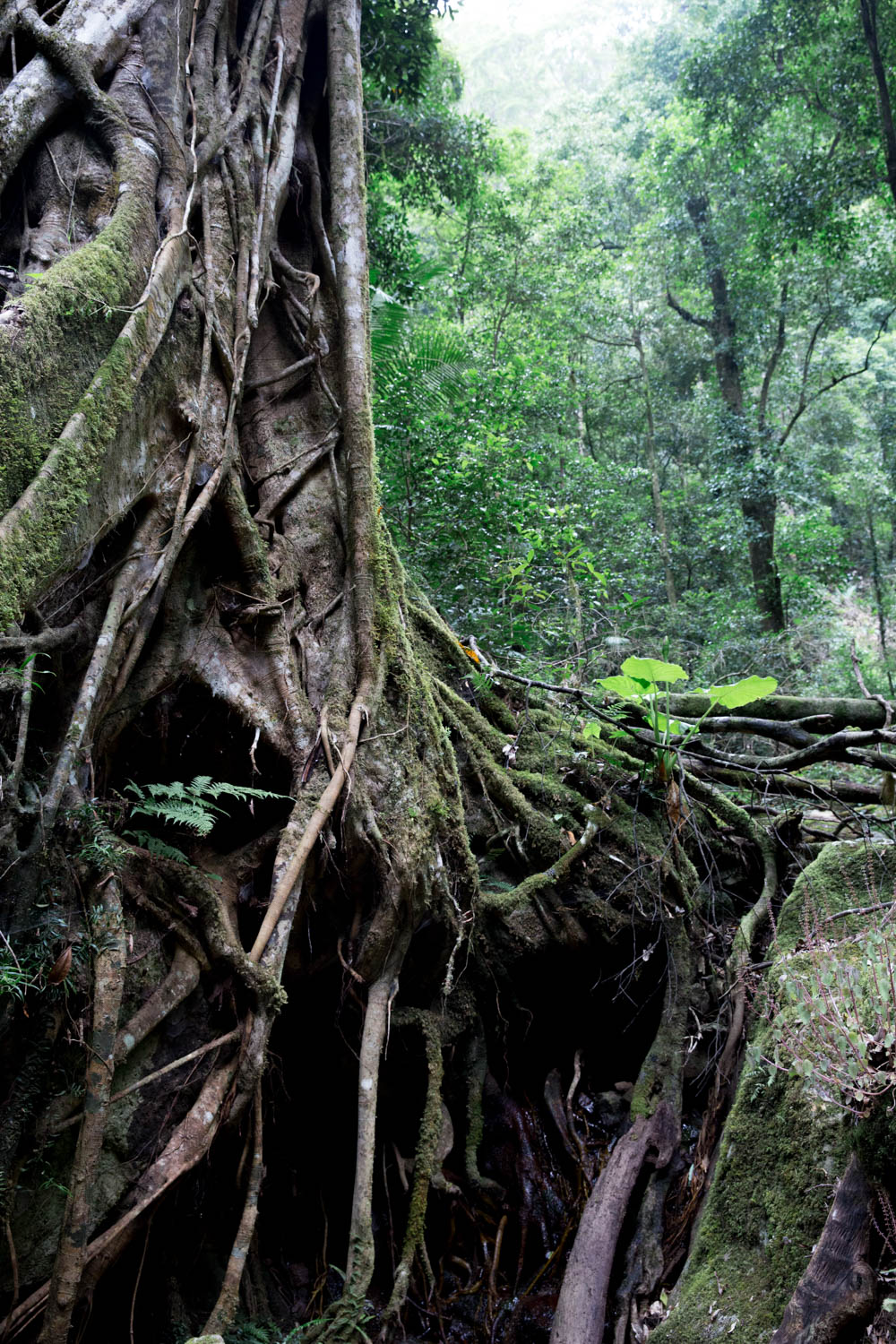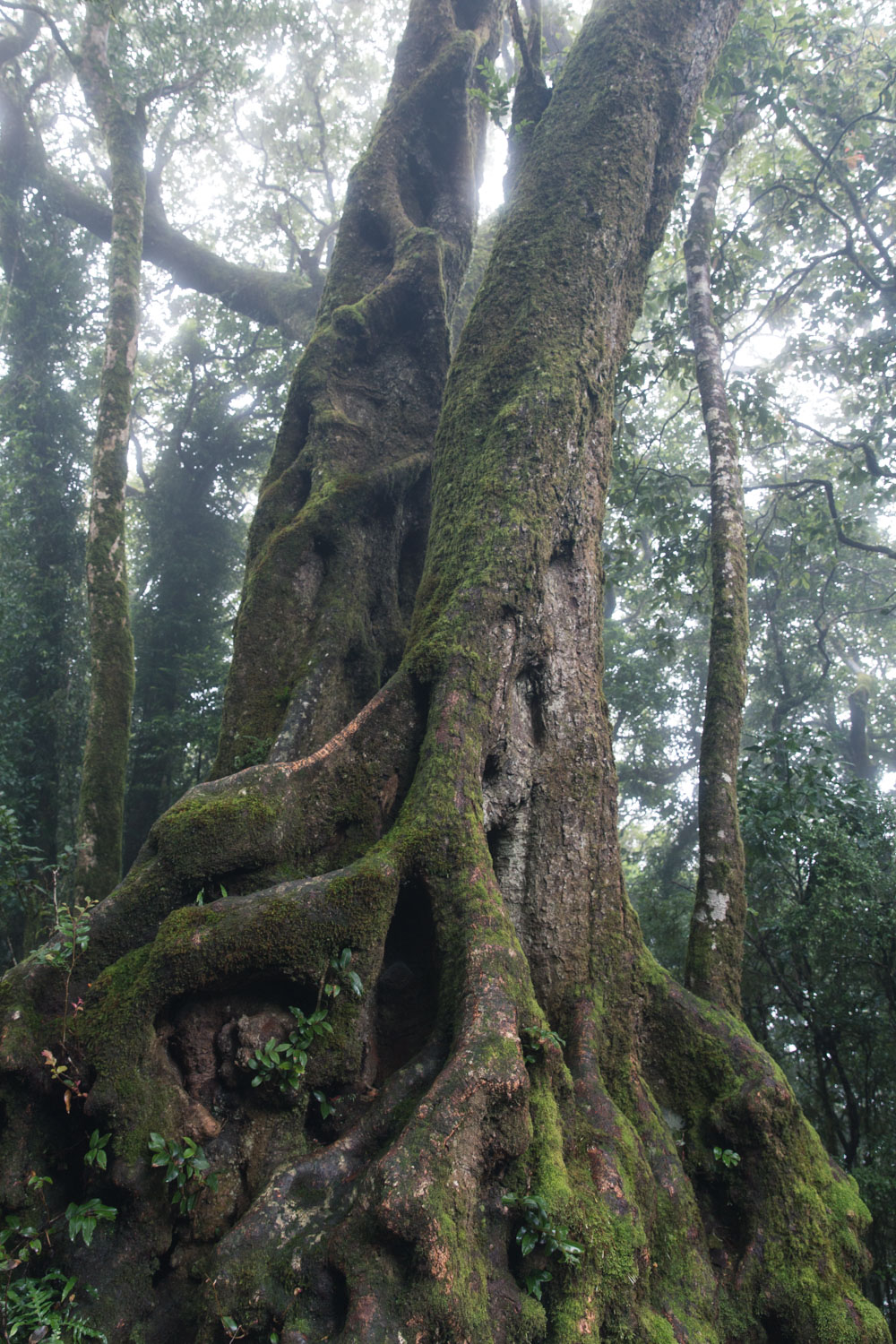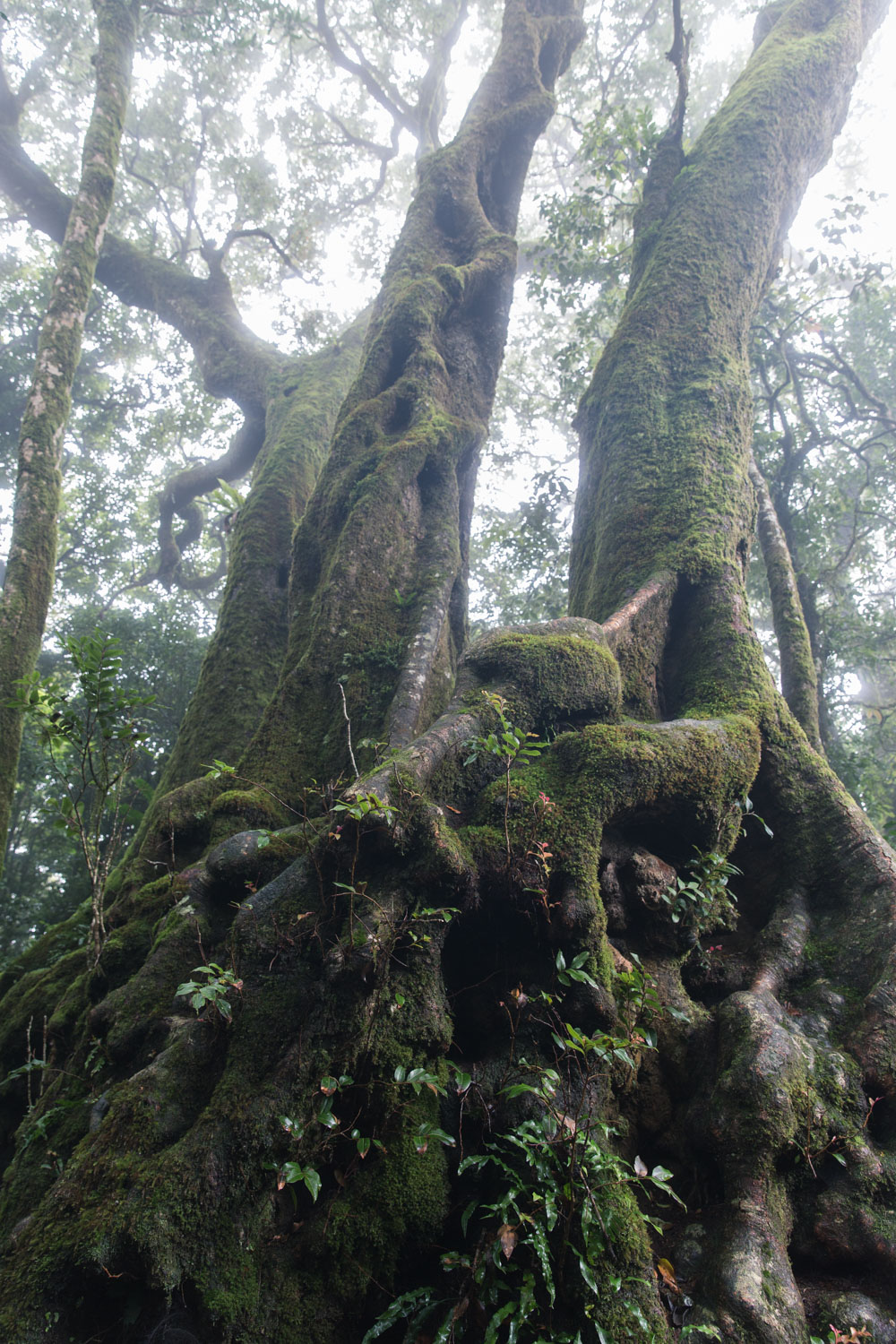I make it a priority with my free time to go hang out in nature somewhere. Working in the big smoke surrounded by loads of people and traffic makes me a little nutty, so come the weekend I long for some space and clean air. This is partly to maintain sanity (I definitely feel a physiological response – the good kind – just by being in nature), and partly because I can spend time proactively doing what I love most: being immersed in the sights and sounds of nature, photographing, exploring, learning, thinking, and discussing.
Now I’m not saying that I go on some epic nature adventure every spare moment I have. To be honest, I spend a lot of my free time desk jockeying (reading papers and blogs, editing photos, doing other non-work work, and so forth). My weekend escapades in nature are most often part-day stints in the forest or the ocean. What’s more, I find myself revisiting places time and again. I don’t worry myself with always doing new and exciting – the important thing is that I do. The 3km well-known walk I did is better than the 20km different walk I didn’t do.
When it comes to weekend forest hangs, Springbrook National Park would be my regular. This is mostly due to its accessibility from my home, but also because it is truly a remarkable place. If you haven’t been there before, I highly recommend putting it on your bucket list. It forms part of the Gondwana Rainforests of Australia World Heritage Area, which holds the world’s largest remaining tracts of subtropical rainforest. Australia is much more famous for its tropical rainforests in the north of Queensland but, trust me, the sub-tropical types are just as spectacular.
Purlingbrook Falls
Cool and foggy, heading towards the Best of All Lookouts
The ancient Antarctic beech trees, seen at the top of the Springbrook Plateau, are some of the most striking and fascinating plants you can find. They are relics from our Gondwanaland history – that time when Australia and Antarctica and a number of other landmasses were part of the same supercontinent. Forests of these trees used to cover much of present-day Antarctica before Gondwana broke apart. The remaining beech forests migrated north with Australia, and are now found nowhere else on earth. Some of the trees standing today are estimated to be thousands of years old (some estimate 12,000 years)! Isn’t that a just little bit mind blowing?
A plethora of wildlife inhabits the park, much of which I’m yet to observe myself (see, familiar places can always turn up something new and different). On any given visit, you’ll find various birds and reptiles and even mammals (like koalas and the cute red-necked pademelons). If you’re game to explore at nighttime, you’ll find all sorts of interesting frogs and other critters.
Antarctic beech trees (Nothofagus moorei) on the Springbrook Plateau
Stony creek frog (Litoria wilcoxii) at night
Twin Falls after heavy rains
Last Sunday – my last day of summer holidays – we naturally decided to make a quick trip up to Springbrook for a bushwalk. It was a relatively short walk on a track we’ve done many times before. Previous experiences have involved glorious sunshine, frosty winter air (where are my thermals, please?), and almost-torrential rain (side note: we once spent a little too long up there and got caught in a terrifying hailstorm. Contrary to my fellow bushwalkers, I did not find this experience enjoyable in the least). This time it was soft light in the late afternoon, with just a little shower.
Maybe it was the lack of people, but the forest felt really alive. It was buzzing. I would barely turn off my camera before something else would come along, often requiring some kind of swift lens change. Some notably awesome wildlife we encountered were:
- Albert's lyrebirds. This was my second time seeing them in the wild. They're really really awesome. For one thing, they're excellent mimics, so they're easily confused for other bird species. They occur only in a small area in southern Queensland and northern New South Wales. They're considered to be near threatened, which basically means that they have the potential to become threatened if they don't have adequate management and protection. At the moment their populations aren't thought to be declining, but watch this space.
- Australian logrunners. This was the first time I’ve been close enough to photograph them. We saw a male and a juvenile, scratching around the leaf litter rather cutely.
- Lamington blue spiny crayfish. These are seriously cool crustaceans. This was also my second time seeing them in the wild, but I still haven’t managed to get a very good shot of one. There are concerns about the conservation status of these guys. They’re currently listed as vulnerable, mostly because their populations are severely fragmented and they have a small extent of occurrence.
- Land mullets (isn’t that the best name for a skink?). I’ve noticed a lot more of these guys on recent walks, probably because the weather has been so warm.
- Some large brown skink. I need to get up to speed on my reptile ID.
Albert's Lyrebird (Menura alberti)
Australian logrunners (Orthonyx temminckii) male and juvenile
Said brown skink
By frequenting areas, we garner a sense of attachment to place; a type of stewardship, if you will. As they say, it is in our nature to care more for places that are close to us in space and time - places that are geographically close enough for us to visit often. Springbrook has become one of those places for me.
When the track gets tricky. Sometimes bushwalking requires the literal crossing of hurdles.













